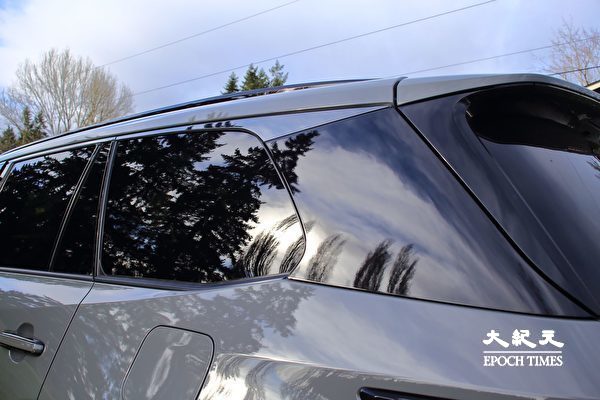Ultraviolet radiation can oxidize exterior paint, degrade rubber, and cause serious damage to the leather-wrapped cabin. Although the windshield can effectively block UV rays, the sun protection for side windows and rear windows is much less. This is where window tint comes into play. It is a relatively inexpensive aftermarket upgrade that can help protect passengers and the car from harmful rays, while potentially enhancing the vehicle’s aesthetic appeal.
What is window tint?
Car window tint is a thin layer of laminated film that blocks a certain amount of light from entering the vehicle. They provide different levels of visible light transmission (VLT) and can be applied to side windows and rear windows of vehicles, though restrictions vary by state.
These films can protect the car interior from UV damage, which can cause fabric to fade, leather to dry out, and plastics to deform or crack. They also shield occupants from unnecessary sun exposure, which is beneficial for health. Researchers at Saint Louis University School of Medicine found that in the United States, the prevalence of skin cancer on the left side of the body (driver’s side) is slightly higher than on the right side.
Window tint can also help maintain a cooler interior. “The temperature difference will vary depending on the climate and VLT,” says Jess Meyer, an application engineer at 3M. “If you’re driving on a sunny day in Florida, Arizona, or another hot climate, you may feel a 25-degree difference between the inside and outside of the car.”
With a cooler cabin, drivers do not need to run the air conditioning for long periods or frequently, which can save fuel.
Tinted windows can make it more difficult for passersby to see items inside the car, providing a certain level of theft protection. The trade-off is that they can reduce visibility for the driver and passengers, especially at night.
What types of window tint are available?
There are various types of car window tint: dyed, metallic, carbon, ceramic, and crystalline.
Dyed films sandwich pigment between an adhesive layer and an external protective layer. They are the most budget-friendly option but offer the least UV protection. Over time, they may also slightly fade, giving the windows a purplish hue.
Metalized films rely on tiny metal particles embedded in the film to reflect light rather than absorb it. They are resistant to scratching and have a nice sheen. However, they can interfere with the use of GPS, radio, and cellular networks.
Carbon films do not fade or disrupt various signals and can reduce cabin heat by about 40%. They are more expensive than dyed and metallic films but are often more durable.
There is also ceramic tint, which provides optimal sun protection, blocking up to 99% of UV rays while reducing glare. Of course, it comes at a higher price.
Lastly, there is crystalline tint, which is basically transparent and colorless. They block sunlight without decreasing external visibility but do not provide privacy protection.
Is aftermarket window tinting legal?
The allowed minimum VLT varies by state and typically by window. Unless there is a medically approved reason, they are not allowed on windshields (some states also allow owners to add film to the top portion of windshields). Another thing to consider: car windows usually come with a certain level of UV protection from the factory. When choosing aftermarket tints, this should be factored into the VLT calculation.
Should you DIY or hire a professional?
YouTube videos make it easier for beginners to tackle this job. However, cutting and applying the film without leaving gaps, creases, or bubbles is more challenging than it looks. If these concerns trouble you, it is best to outsource the work to dealerships, body shops, or professional installers.

